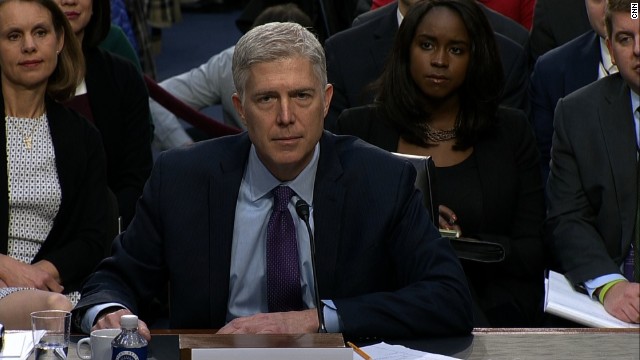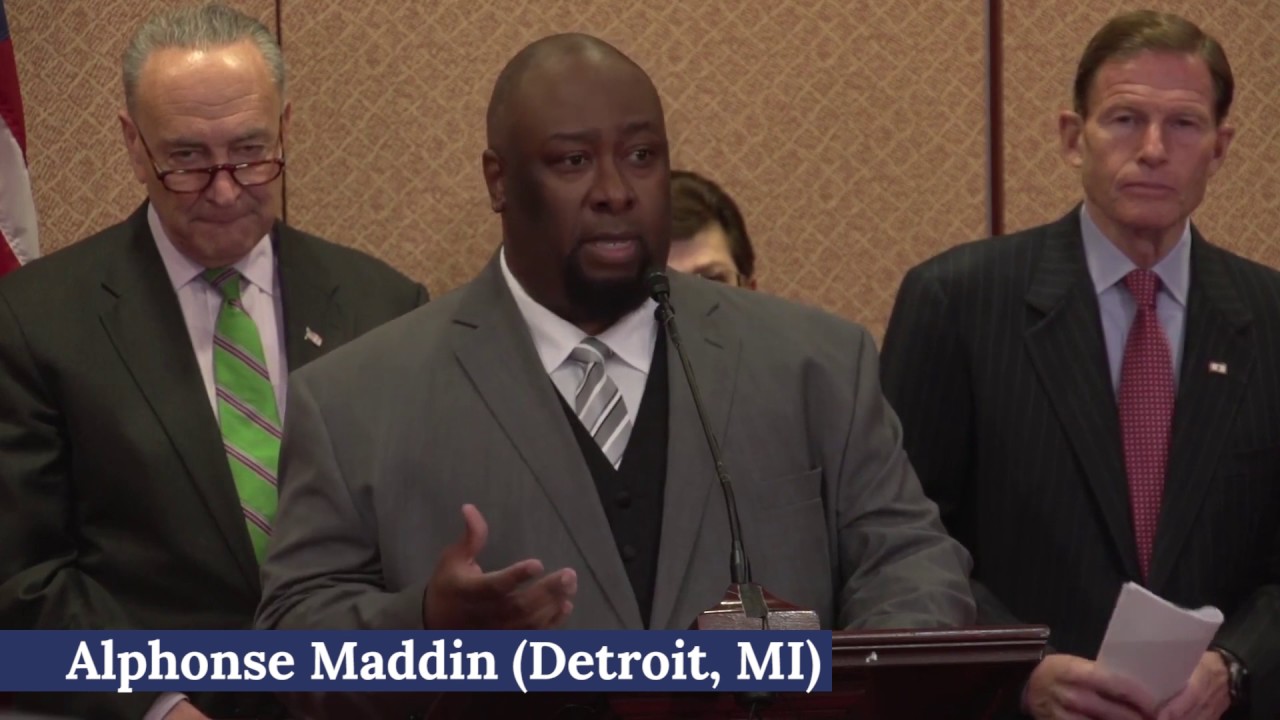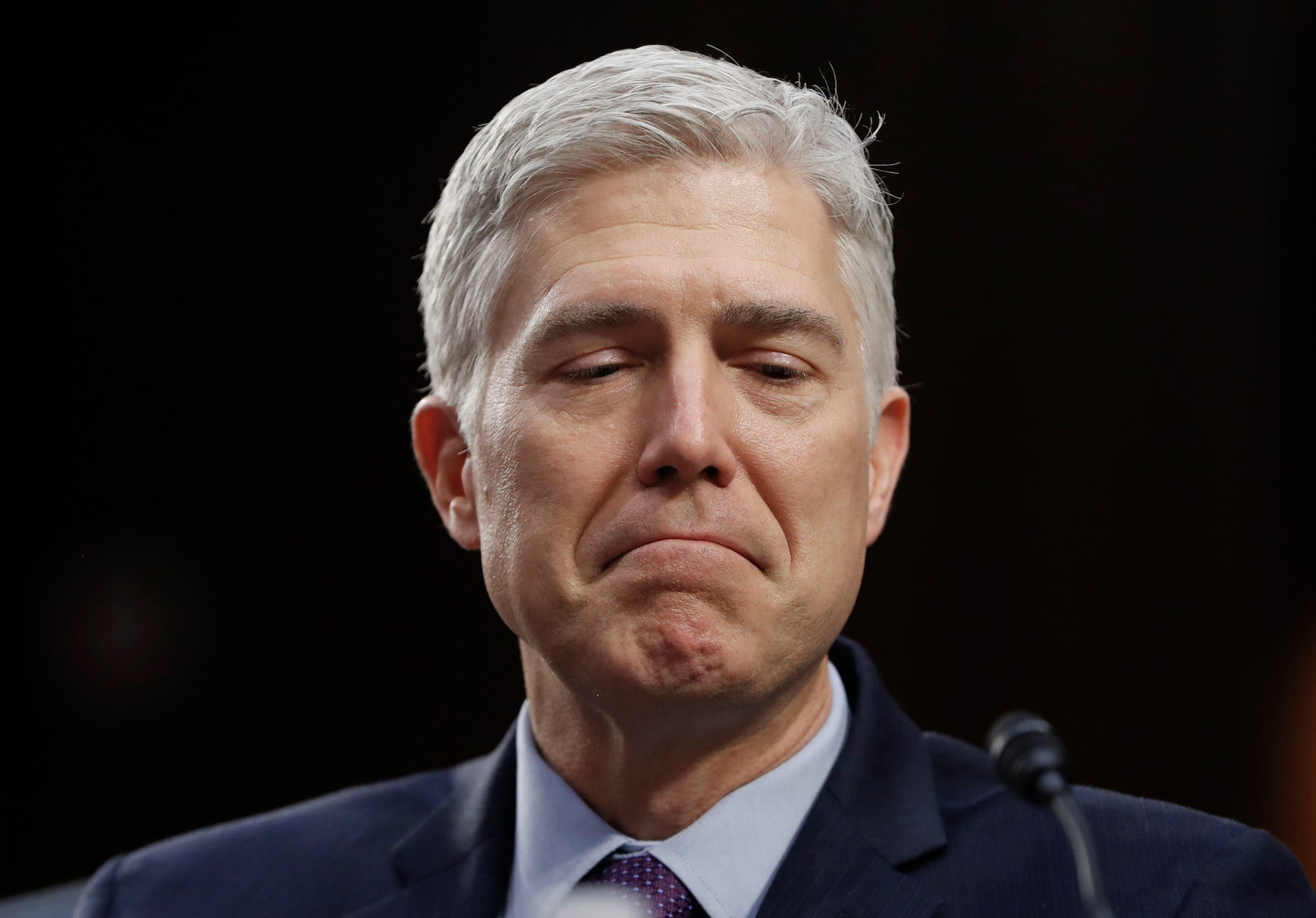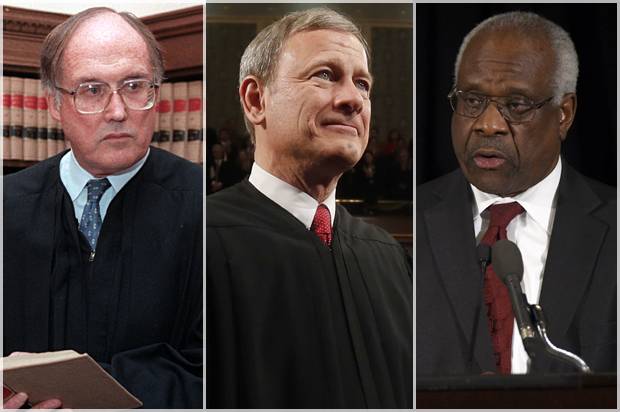Let the Filibuster Burn!
Dry your tears, Democrats. In fact, cross your fingers that the Senate nukes the legislative filibuster, too.
Well before Mitch McConnell deployed the nuclear option to stop a Democratic filibuster of Neil Gorsuch, President Trump’s nominee for the Supreme Court, the judicial filibuster was dead. It was dead the moment Gorsuch was nominated, with Republicans eager to put him on the bench. The chance to confirm Gorsuch—or someone like him—was the reason Republicans launched their unprecedented blockade of Merrick Garland, the reason they backed Donald Trump after he captured the GOP presidential nomination, the reason they’ve looked the other way as Trump uses his newfound influence to enrich himself and his family. With Gorsuch and a Supreme Court majority on the line, there was no question that Republicans would do whatever it took to win confirmation. And if Republicans were ready to use the nuclear option in response to any Democratic filibuster of any high court nominee, no matter how justified, then in practical terms, the filibuster didn't actually exist.
The new fact of a 51-vote threshold for top judicial nominees raises a question: Will Republicans exercise the nuclear option to kill legislative filibusters as well? Democrats, if they choose, could adopt McConnell’s approach to Obama and slow the Senate to a halt with constant opposition, filibustering nearly everything that came to the floor, killing the president’s legislative agenda and retaliating for eight years of routine obstruction. Ending the legislative filibuster would rob Democrats of a valuable tool, smoothing the path for both President Trump and their colleagues in the House of Representatives.
That move—a drastic step that would reshape the chamber with consequences for everyone involved—is not currently on the table. “There is not a single senator from the majority who thinks we ought to change the legislative filibuster,” said McConnell to the
New York Times. Still, the
Times notes, Democrats don’t trust that McConnell won’t switch gears: “Do I believe Mitch McConnell would change the rules again? Yes,” Maryland Sen. Benjamin L. Cardin told the
Times.
It makes sense that Democrats would worry; if they don’t fall in line, McConnell may strip them of one of their most potent weapons. But step back from the dynamics of the moment, and it’s clear there’s a case for letting the filibuster burn. For the health of the Senate—to say nothing of our democracy—Democrats should hope McConnell goes nuclear again.
The case for the filibuster is simple: The Senate is meant to be a deliberative body, and the filibuster helps sustain that deliberation, putting a break on the process when it moves too quickly, and forcing compromise and consensus among lawmakers. As appealing as it sounds—especially for those who lament the polarized, often acrimonious politics of the modern-day Senate—that case is ill-founded. Far from improving governance or political discourse, the filibuster impedes the former and does little for the latter. It adds further friction to an already countermajoritarian institution, incentivizes obstruction, and exacerbates the Senate’s already dramatic malapportionment. And despite a narrative that treats it as an integral part of our constitutional order, the filibuster was an accident—the unintended result of a minor Senate rule change.
Indeed, the filibuster wasn’t actually used until 1837, more than 30 years after its creation. As political scientist Sarah Binder
once explained for the Brookings Institute, the filibuster didn’t enter regular use until the late 19th century, as the Senate—along with American politics writ large—became polarized on party lines. Even then, it was used sparingly, and was a subject of regular debate; throughout this period, majorities tried unsuccessfully to end it. The cloture rule—the 60-vote threshold that lets a supermajority end a filibuster—was negotiated in 1917, after Republican senators successfully filibustered President Woodrow Wilson’s effort to arm merchant ships. Demanded as a “war measure,” cloture as we know it was a compromise between Democrats who wanted a simple majority for cloture, Republicans who backed a cloture rule but wanted a supermajority requirement, and Republicans who preferred no rule at all. The filibuster is usually justified as a tool to help warring sides to reach agreement. But that is a fiction, a myth propping up an obstacle to lawmaking. (As the
Atlantic’s Yoni Appelbaum
points out, the notion of the Senate as a “cooling saucer” for the heat of the less deliberative House of Representatives was first circulated as a critique of the body.)
The ugly truth of the legislative filibuster is that, far more than being a tool for deliberation, its obstructive power has been put to the service of injustice. Segregationist senators, in particular, used the filibuster to
kill civil rights and anti-lynching legislation, using the rule to protect and entrench regimes of terror and exploitation in the former Confederacy. In the present day, the filibuster does little more than prevent majorities from passing promised legislation and delivering outcomes to their voters. Which, perhaps, is the reason why it may well survive.
Ending the legislative filibuster, thus strengthening the majoritarian character of the Senate, clarifies lines of responsibility. Interested voters can see, more clearly, how and why legislation fails, a marked contrast to the status quo, where those lines are opaque. But greater transparency means greater accountability. Without the certainty of obstruction to fall on, parties may have to deliver on their promises, or at least modulate them, lest they make claims they can’t actually act on. It’s not hard to imagine why some senators, then, would prefer a world where the filibuster precludes serious action.
Liberal Democrats, at least, should want McConnell to nuke the filibuster, full stop. Absent a Republican filibuster—which gave huge leverage to the most conservative members of the Democratic caucus—the Senate might have passed a more progressive Affordable Care Act, climate change legislation, immigration reform, and even additional stimulus once it was clear the American Recovery and Reinvestment Act was insufficient. What they lose in the short term is more than compensated by greater freedom of action if and when they hold the majority. As it stands, the filibuster serves the “party of no” quite well. For those who have an agenda beyond tax cuts—for those who want the government to do something, and do it well—the filibuster is an almost crippling obstacle.
For that reason, it’s hard to believe McConnell would take the step of ending all filibusters. The ability to block large majorities is valuable for a party fighting to prevent any expansion of the welfare state. And even if McConnell wanted to take that step, it’s not clear his caucus would fall behind him. Ending all filibusters
would change the Senate, forcing a generation of career politicians to adjust to a new reality. But while we’re thinking about the Senate and its rules, it’s worth remembering (and emphasizing) that taken as a whole, the filibuster is bad for governance. For all the challenges of a post-filibuster world, our democracy would
work better if we confined it to the ash heap of history.
http://www.slate.com/articles/news_...ruth_democrats_are_better_off_without_it.html








